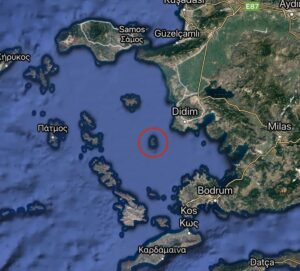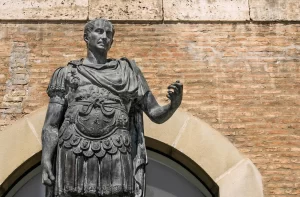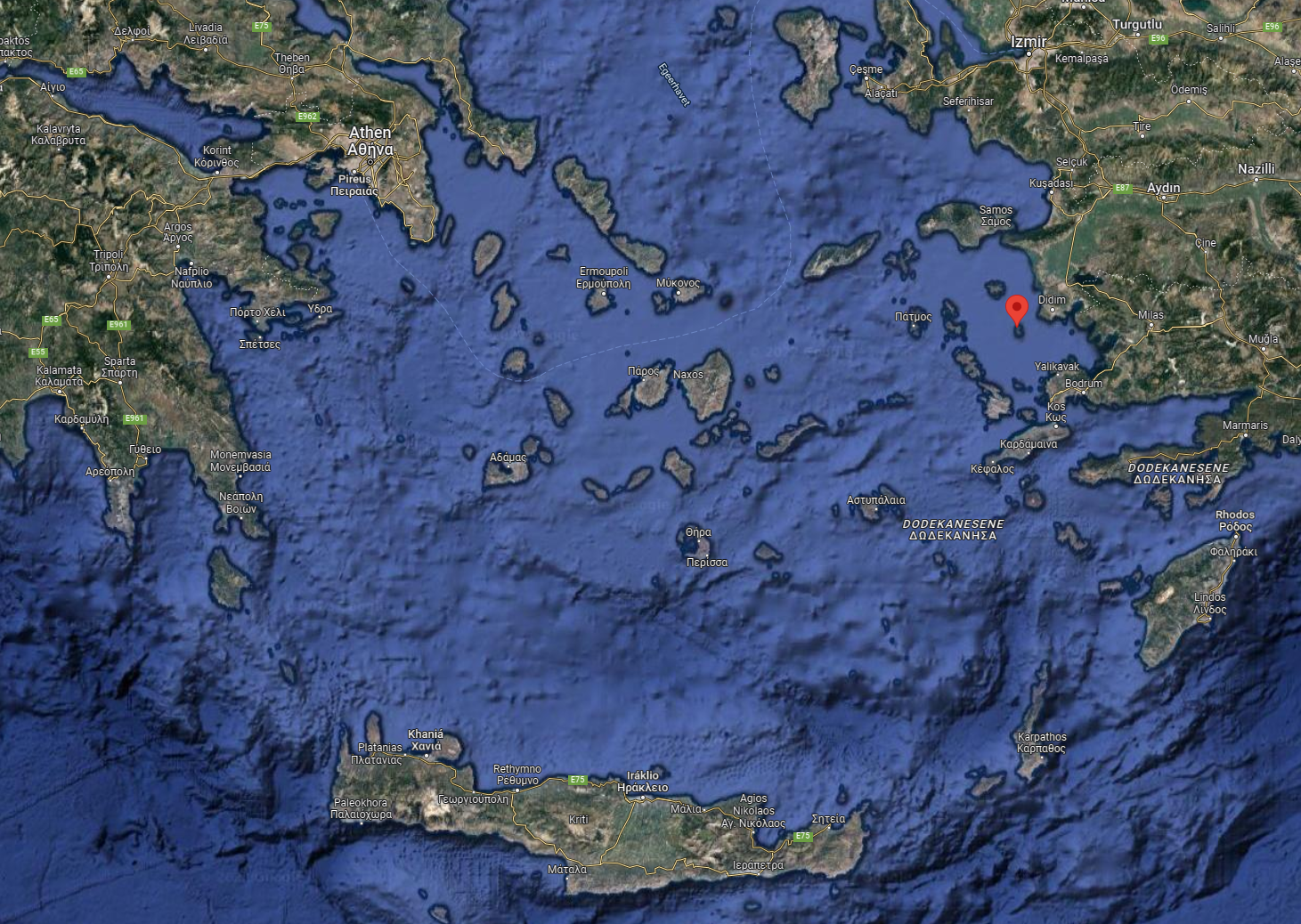By Jay Jean Jackson – It is hard to imagine when you stare across the Aegean Sea from the Turkish coastline at the many islands dotted around that the area was once controlled by a ruthless bunch of pirates over 2,000 years ago.
According to Plutarch, the Greek philosopher, historian, biographer and essayist, the small Aegean island of Pharmacusa (now modern-day Farmakonisi, Greece), south-west of Miletus, was where Julius Caesar, then a Roman nobleman, was held captive by these pirates for 38 days.
The Cilician pirates operated in much of the Mediterranean with large armaments and numerous small vessels. Caesar’s captives did not know who he was and were, I imagine, a little dumbfounded when he demanded his ransom be more than doubled. A somewhat narcissistic attitude from a 25-year-old!

There are diverging stories for Caesar, then a lawyer, for his appearance in these waters. According to Plutarch, Caesar had visited King Nicomedes IV of Bithynia in the realm’s capital, Nicomedia to which he was Ambassador. The realm spanned what we now call the Black Sea coast, stretching from the Sakarya river in the east as far as the Sea of Marmara.
Another tale is that Caesar was headed to the Greek city of Rhodes to study oratory. Pirates seized his vessel in 75 BC, kidnapped Caesar and held him for ransom. Caesar felt insulted at the ransom and insisted the pirates double the demand and more suitable for his status.
During his 38 days in captivity on Pharmacusa, Caesar acted more like the leader of the pirates, rather than a captive. He shared in their sports and exercise and would practice his poetry and speeches on them. He would insult anyone who did not appreciate or understand his work. They also assumed his vow to return and crucify them all was a joke, as a strong bond had grown between them, according to the Encyclopaedia Britannica.
The ransom was raised and Caesar was released. However, that wasn’t the end of the story.
 Caesar headed to Miletus where, with funding from King Nicomedes IV, raised a naval force to pursue the pirates. He found them at anchor off the island of Pharmacusa. They were captured and taken to Pergamum to be imprisoned.
Caesar headed to Miletus where, with funding from King Nicomedes IV, raised a naval force to pursue the pirates. He found them at anchor off the island of Pharmacusa. They were captured and taken to Pergamum to be imprisoned.
Legend has it they were brought before the Roman Governor of Asia, who wanted to sell them into slavery. However, Caesar had different ideas and fulfilled his vow by having the pirates crucified. This was confirmed by Plutarch and much of the research carried out over the centuries.
Pharmacusa, or now Farmakonisi, lies abandoned. But it is intriguing to know that as you look out from Didim’s coastline that it once hosted one of history’s most important and controversial characters.
Additional contributions from Chris Evans.
